Fortress Europe is no friend of migrants
It criticises Italy, yet the EU has been blocking migrants for decades.
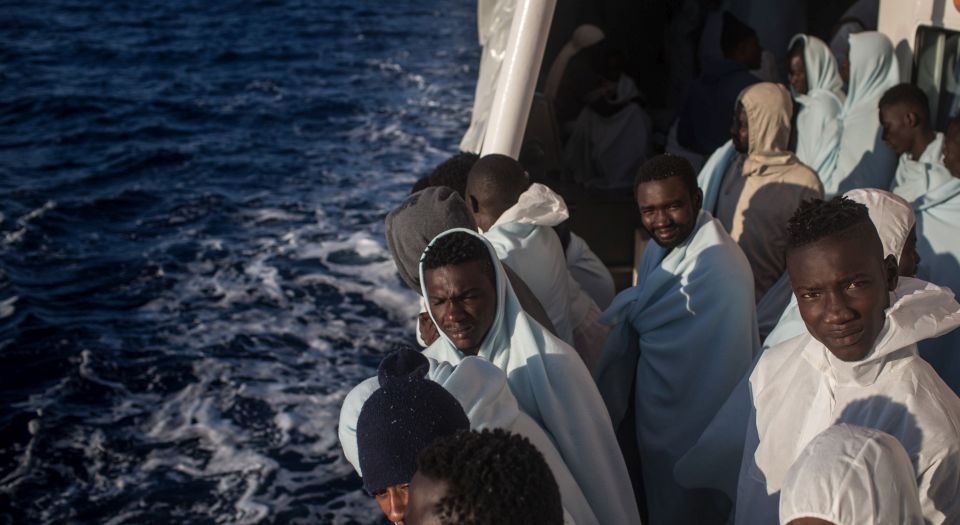
Want unlimited, ad-free access? Become a spiked supporter.
After the Aquarius ship carrying migrants was refused the right to dock in Italy or Malta, Spain agreed to take it and its 629 migrants. The ship, operated by non-governmental organisations Doctors without Borders (MSF) and SOS Méditerranée, docked in Valencia on 16 June. Some of the passengers were transferred to Italian coastguard and navy ships, which also took them to Spain.
The new Italian government was widely condemned for refusing to allow the Aquarius to dock, especially its interior minister and leader of the League, Matteo Salvini. He ordered all Italian ports closed to foreign-flag NGO ships as the Aquarius approached Italy.
The Italian government was wrong to block the Aquarius, as this meant distressed migrants had a longer journey to safety in Valencia. There was also sympathy for these migrants among Italians, even though a poll on 18 June indicated the League has become the most popular Italian party. The mayors of Palermo, Naples, Messina and Reggio Calabria all invited the Aquarius ship to dock in their ports in defiance of Salvini’s demands. Moreover, there have been protests against the government’s port restrictions across Italy, from Milan to Palermo to Turin.
Instead of blocking migrant ships, the Italian government should focus on challenging the European Union’s restrictions on immigration, which have created a system whereby Italy processes the majority of asylum applications of migrants arriving by sea. More than 22,500 migrants arrived in Europe between January and May this year: 42 per cent arrived in Italy from Libya and the remainder were divided between Greece, from Turkey (38 per cent) and Spain, and from Morocco (20 per cent).
The Aquarius rescued the migrants off the coast of Libya. But international law is unclear as to which country should receive migrants rescued in international waters. ‘International maritime law does not provide for specific obligations which would determine in all cases which state is responsible to allow disembarkation on its territory’, says the United Nations refugee agency.
It has become common practice for human traffickers to take migrants in small boats 12 miles out from the Libyan coast into international waters, where NGO ships wait to rescue them. The International Convention for the Safety of Life at Sea identifies the country responsible for operations in that area of the sea as having a duty to take rescued people from boats. It also states that the relevant government ‘shall arrange for such disembarkation to be effected as soon as reasonably practicable’. By definition, NGOs do not have the responsibilities of governments. Yet if the NGO ships were to take migrants rescued off Libya to the nearest safe port, this would be in Tunisia or Malta. Instead, typically, they travel about 250 miles to Italy.
Italy has coordinated rescue missions in the central Mediterranean since October 2013, when a shipwreck killed more than 350 migrants near the Sicilian island of Lampedusa. It was also in 2013 that the EU agreed the Dublin Regulation, which usually requires applications by asylum seekers to be processed in the first EU country where they arrive. But this was all before a huge surge in migrants arriving by sea in southern Europe in 2015-16.
In 2015, the EU responded with a resettlement scheme for migrants to other EU countries. This process is slow and rare, and Italy has therefore been heavily burdened with processing migrant asylum applications. Some countries, like Poland and Hungary, have openly opposed accepting their resettlement quotas, while others have imposed border controls to stop migrants entering. German and Austrian police increased border checks on migrants close to the Brenner Pass at Italy’s border with Austria as Italy’s new government coalition was finalised in early June.
As Italy has disproportionately handled asylum applications by people arriving by sea, the previous government led by the Democratic Party struck deals with Libyan tribes, coastguards and traffickers to reduce the number of migrants leaving for Italy. From the start of this year to 11 June, the total number of foreigners disembarking in Italy was down by 76.8 per cent on 2017, and by 72.37 per cent on 2016. The total number of foreigners disembarking from Libya is down 83.4 per cent over the past 12 months compared with the previous 12 months.
The numbers of migrants arriving in Italy and other southern EU countries has also fallen over the last few years. This is due to EU intervention in Africa to apprehend and detain migrants before they leave. In 2015, the EU emergency trust fund for Africa offered 26 countries an initial €2 billion to deport migrants and prevent them from leaving. The European Commission also signed migration deals with five African countries to link aid to restricting migration. The EU border agency, Frontex, has rescued 3,200 migrants in the Mediterranean in 2018, and 21,500 in 2017. They were all taken to Italy. Italy’s transport minister, Danilo Toninelli, said on 19 June that he wants Frontex sea rescues to move on to land in African transit countries.
The EU is prioritising its external borders in response to the debate about the Aquarius. Jean-Claude Juncker, European Commission president, stated on 12 June that ‘the protection of the external border is a priority with respect to other questions’. He added that any reform of the Dublin Regulation would be discussed at an EU summit of heads of states and governments later this month, when ‘regional disembarkation platforms’ in Africa will be discussed to stop migrants leaving. European migration commissioner Dimitris Avramopoulos said on 12 June that the Commission was proposing earmarking €34.9 billion in the 2021-27 EU budget for strengthening its external borders and managing migrant flows. €10.4 billion would go towards migrant management, with 40 per cent of that sum allocated to repatriations.
The priority for Brussels is protecting the EU’s external borders rather than the welfare of migrants, who will continue to risk travelling to Europe. Early on 13 June, over 900 migrants arrived in Sicily from the Libyan coast on a ship operated by the Italian coastguard, which also rescued 500 migrants from four boats near Libya on 15 June. On the same day, NGO vessels under Dutch flags were barred from docking in Italy.
The debate about migrants and the Aquarius developed into a diplomatic rift between the French and Italian governments over the last week. Salvini told the Italian Senate on 13 June that France had taken 340 of 9,816 migrants due to be relocated there over three years, and had turned back over 10,000 people at its borders in the first five months of this year amid reports of French police mistreating migrants. ‘We must adopt European responses, there cannot be national responses’, declared French president Emmanuel Macron after meeting Italy’s prime minister Giuseppe Conte, who went on to meet German chancellor Angela Merkel as the immigration debate spread to her government. Merkel and Macron met on 19 June and agreed that a European response to migration is needed. But both countries assert non-national solutions while imposing national restrictions. While the Italian government was wrong to reject the Aquarius, blocking migrants lies at the heart of the EU.
Dominic Standish is the author of Venice in Environmental Peril? Myth and Reality. Visit his website here.
Picture by: Getty Images.
You’ve read 3 free articles this month.
Support spiked and get unlimited access.
Help us hit our 1% target
spiked is funded by readers like you. It’s your generosity that keeps us fearless and independent.
Only 0.1% of our regular readers currently support spiked. If just 1% gave, we could grow our team – and step up the fight for free speech and democracy right when it matters most.
Join today from £5/month (£50/year) and get unlimited, ad-free access, bonus content, exclusive events and more – all while helping to keep spiked saying the unsayable.
Monthly support makes the biggest difference. Thank you.

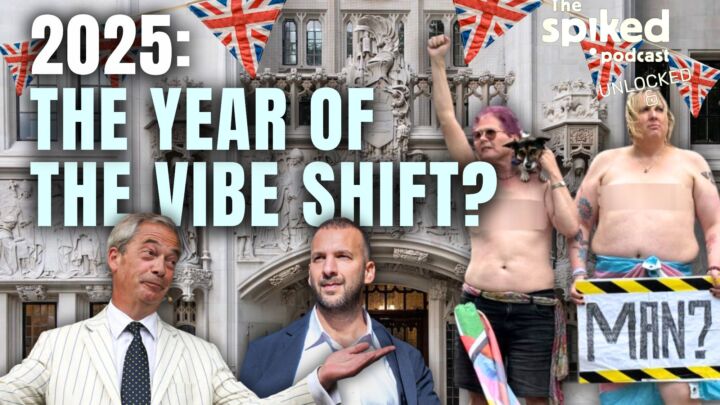

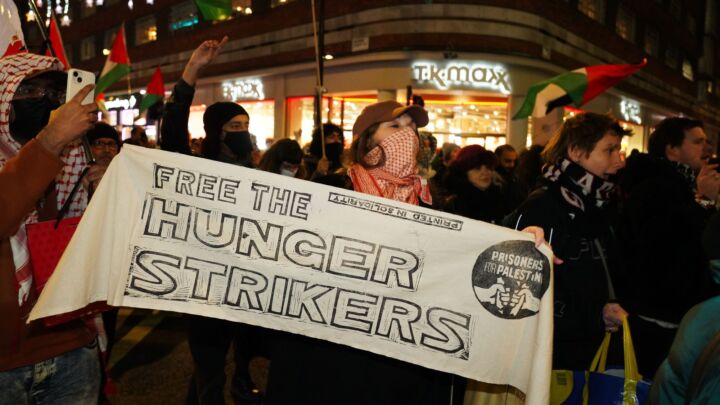
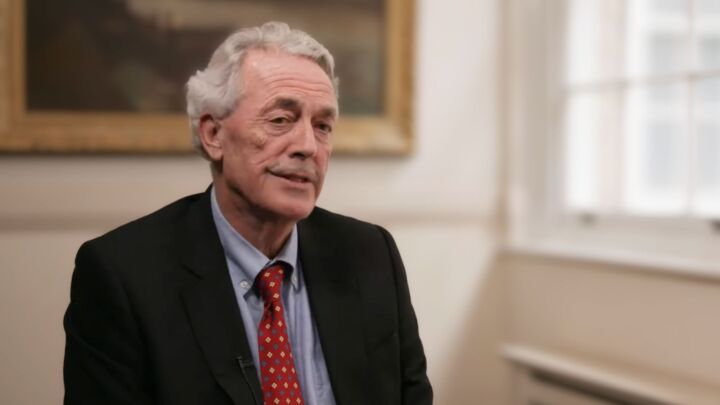

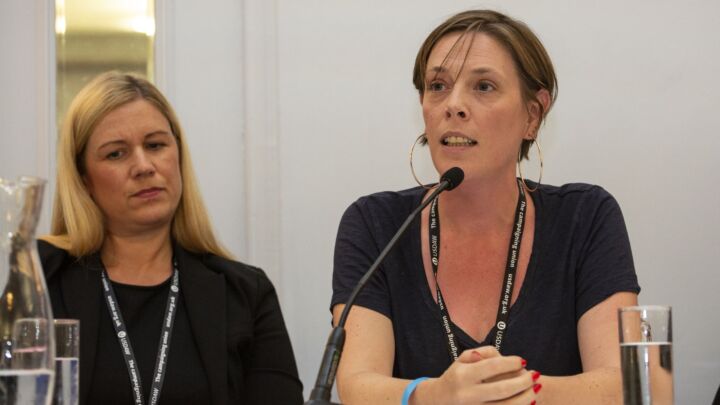



Comments
Want to join the conversation?
Only spiked supporters and patrons, who donate regularly to us, can comment on our articles.